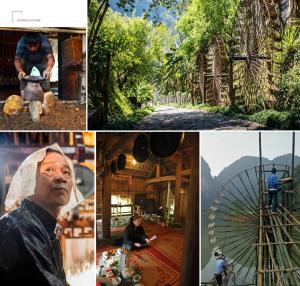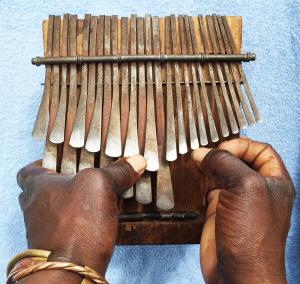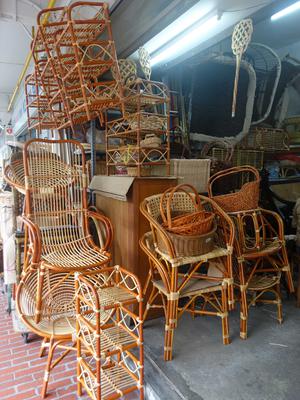This is a system of representation—a graphic language of the Wajãpi people of Amapá—that synthesizes their way of understanding, conceiving, and acting upon the universe. The kusiwa graphic system operates as a catalyst for the expression of knowledge and practices that encompass social relationships, religious beliefs, technologies, and aesthetic and moral values. The exceptional value of this form of expression lies in its ability to condense, transmit, and renew—all through the creativity of the artists and storytellers—every unique and element of the Wajãpi way of thinking and being in the world.
The kusiwa language is a form of expression that complements the knowledge passed down orally from one generation to the next and shared among all members of the group. This knowledge is mainly found in oral narratives that this Indigenous group—now consisting of about 580 individuals—continues to pass on to their children. These stories explain how colors emerged, how the patterns in the designs came to be, and the differences between people. Wajãpi graphic and verbal arts allow them to act on multiple dimensions of the world: the visible and the invisible, the concrete and the ideal. It is not abstract knowledge, but a living, dynamic, and constantly interactive practice.
Kusiwa art is expressed through drawings and paintings on bodies and objects, based on a defined repertoire of graphic patterns and their variants, which represent, in a synthetic and abstract form, parts of the bodies or ornamentation of animals such as anacondas, boas, jaguars, tortoises, fish, butterflies; and objects such as iron files and clubs. With specific names, these graphic patterns can be combined in many ways, which are never repeated but are always recognized by the Wajãpi as kusiwa. It is a cultural heritage that evolves dynamically, with the inclusion of new elements, while others may fall out of use or be modified through their variants.
The book Kusiwa: Body Painting and Wajãpi Graphic Art presents examples of the 21 patterns currently used by the Wajãpi of Amapá, along with their most common variants.
The paintings applied to the body are not tattoos or decals, nor are they ethnic marks or ritual symbols. It is a Wajãpi tradition to decorate bodies and objects for aesthetic pleasure and creative challenge. Three types of ink are used: light red is obtained from mashed annatto seeds mixed with monkey fat or andiroba oil; bluish black is obtained by oxidizing the juice of green genipap mixed with charcoal; and dark red is a lacquer prepared with various aromatic resins and annatto.
Often, these inks are layered or juxtaposed—for instance, when graphic patterns are painted with genipap over a uniform layer of annatto applied to the face and body. As brushes, they use fine bamboo slivers—or palm leaf stems—wrapped with cotton threads. Parts of the body may also be decorated directly with fingers or cotton swabs soaked in ink.
Body painting is a daily activity carried out within the family. Women paint their husbands and vice versa; couples paint each other; women paint their young children after each bath, morning and afternoon, always creating new pattern compositions. During festivals, everyone displays more elaborate decorations, with the painting highlighted by necklaces, sashes, and feather ornaments.
The application of graphic patterns to the body is not related to social status, nor are there designs reserved for specific occasions. However, the use of inks varies according to the person’s mood—whether they are in mourning, sick, or healthy—and the intended effects of the inks and patterns used: to attract, repel, seduce, avoid, to hide or to reveal, and so on.
Kusiwa art, once reserved only for the body, is now being applied by the Wajãpi to a variety of surfaces. They make drawings on ceramic pieces intended for sale, decorate their gourds with incised motifs—also used in weaving bags and slings and in the braiding of baskets. The use of paper and colored pens has become a new and much-appreciated medium for this cultural expression.
The oral and graphic expressions of the Wajãpi of Amapá are part of the second list of "Proclamation of the Masterpieces of the Oral and Intangible Heritage of Humanity" by UNESCO in 2003. The indigenous candidacy was forwarded by the Wajãpi Village Council and the Museum of the Indian - Funai and the Brazilian Ministry of Culture to UNESCO. Subsequently, the Wajãpi graphic art was recognized as an intangible good of Brazil under the National Program of Intangible Heritage. Iepé was responsible for implementing the Wajãpi Intangible Heritage Safeguarding Plan, in partnership with Iphan and the Ministry of Culture. Under the coordination of anthropologist Dominique T. Gallois, between 2005 and 2011, Iepé held ten research workshops and six basic training courses for Wajãpi researchers. Indigenous researchers were able to carry out different types of activities and participate in several meetings, national and international, that discussed the safeguarding of intangible heritage.
05-01-2025
| Institutional and human capacities | Iepé has a multidisciplinary team made up of different professionals: anthropologists, historians, biologists, agronomists, and administrators. We highlight the team of anthropologists who have a long history of anthropological research and indigenist relationships with the indigenous peoples with whom Iepé works, having carried out different types of work. These anthropologists have doctorates in anthropology, most of them from the University of São Paulo, where they were professors or students, when they conducted their academic research on different themes of the tangible and intangible heritages of the indigenous peoples living in Amapá and northern Pará. They are authors of several books and academic articles and organizers of different ethnographic exhibitions in various parts of Brazil and abroad to disseminate the material and immaterial culture of these peoples. This team of anthropologists coordinates indigenous training programs, teaching courses, guiding research, and preparing dissemination materials. They coordinate collaborative research on aspects of the indigenous way of life and associated knowledge of these peoples. They have also led the implementation of the Plan for Safeguarding the Graphic Art of the Wajãpi People (IPHAN and UNESCO), and the preparation of a dossier for registration of the Wayana people's graphic art as an intangible asset in Brazil. Based on their experience working with indigenous peoples, the Iepé anthropologists will be able to contribute to the Committee by providing information and subsidies, contributing with research, systematizing knowledge, preparing opinions, organizing events and participating in events and conferences. | |
| Transmission and education | Over the years, Iepé has promoted a series of courses and seminars, where the issue of intangible heritage was addressed, aiming mainly at the exchange of experiences of indigenous leaders on the appreciation of their heritage. We highlight, among them, the seminars “Indigenous Experiences in Management and Research of Cultural Heritage in Amapá and Northern Pará”, “Indigenous Experiences in Research and Recording of Traditional Knowledge”, “Second Meeting of Indigenous Researchers of Amapá and Northern Pará” and “Management of Indigenous Intangible Heritage”, the latter held in partnership with the National Museum of Indigenous Peoples - FUNAI. Some of these meetings were held in conjunction with the Amazon Cooperation Network (RCA), a network that brings together more than 10 indigenous organizations that operate in the Brazilian Amazon, of which Iepé serves as the executive secretary. Iepé has, throughout its existence, provided training for leaders of indigenous peoples on the subject of indigenous rights. In these training sessions, representatives of various indigenous peoples have learned about and discussed their differentiated rights, both nationally and internationally. In recent years, Iepé has been providing training for leaders indigenous peoples from all over the country about the international system for the protection and promotion of the human rights of indigenous peoples. In these training sessions we also address indigenous cultural rights and international instruments for the protection and promotion of indigenous material and immaterial cultural heritage. | |
| Inventorying and research | The strengthening and maintenance of indigenous languages is a constant concern in Iepé's work. In our area of operation several indigenous languages belonging to the Aruak, Karib and Tupi language families are spoken. Advancing the process of writing these languages, creating and encouraging contexts for indigenous language use, and preparing and publishing materials in indigenous languages and bilingual languages have guided several activities developed by Iepé with indigenous peoples. The collaborative work of research and documentation of indigenous languages developed by Iepé, in partnership with anthropologists and linguists, has resulted in several publications aimed at indigenous schools, for the literacy of indigenous children in their own languages. Books and primers have been published in the Wajãpi, Tiriyó, and Katxuyana languages. More recently we have begun a process of documentation of the Werikyana language, in partnership with the University of Oregon, which also aims to produce materials for use by the speakers themselves. | |
| Policies as well as legal and administrative measures | In Brazil, Presidential Decree No. 3,551 of 2000 established the Registry of Cultural Assets of an Intangible Nature. This decree aims to preserve, recognize and value Brazil's intangible cultural heritage, which includes practices, representations, expressions and knowledge transmitted from generation to generation. The actions developed by Iepé to value the intangible cultural heritage of indigenous peoples are guided by what is established by this decree, as well as by the 2003 UNESCO Convention for the Safeguarding of the Intangible Heritage. Our work aims to promote the recognition of indigenous peoples as holders of cultural expressions, permanently recreated, and takes into account the profound transformations that have been affecting the contexts of production and transmission of traditional knowledge today. And we understand that this concept is fully in line with national legislation and international understanding of intangible heritage. The multidisciplinary team at the Iepé Institute has been carrying out educational activities with different indigenous peoples, using different approaches, methodologies and themes of cultural heritage, aiming to train indigenous researchers who can take on, in the medium and long term, the processes of production, recording, selection and dissemination of the oral and artistic heritage of their groups. We know that for some peoples, the interest is to recover knowledge and methods of transmission that are no longer in use, while for others the priority is to learn new ways of recording and disseminating this knowledge. With a heightened awareness of the richness of their traditional practices, we believe that the indigenous youth and adults who participate in our activities prepare themselves to manage their cultural heritage in accordance with the different approaches and interests of their own communities. | |
| Role of intangible cultural heritage and its safeguarding in society | The Iepé Institute has sought to contribute to the development of national public policies that promote the recognition of indigenous material and immaterial cultural heritage, the understanding of its relevance and the importance of supporting the protagonism of indigenous peoples in the management of their heritage. In addition to producing numerous specialized publications on the subject, anthropologists linked to the Iepé Institute have participated in academic events in Brazil and abroad addressing aspects of the cultural heritage of the indigenous peoples with whom we work. Similarly, and concerned with the dissemination of this heritage, anthropologists from Iepé have been at the forefront of the main ethnographic and indigenous art exhibitions held in the country and abroad in recent years. | |
| Awareness raising | As bearers of their own cultural traditions and specific worldviews, indigenous peoples in Brazil have cultural rights recognized by the Constitution, including the right to a differentiated school education that values their languages and cultures. Iepé has worked to train indigenous teachers, provide advice on the development and implementation of differentiated school curricula for village schools, and produce teaching materials in Portuguese and indigenous languages that value indigenous knowledge, wisdom, and practices. Iepé also works to promote the recognition and appreciation of indigenous languages and cultural heritage, both by the communities themselves and by the surrounding society, which is unaware of the concepts and practices of knowledge, transmission, and forms of cultural expression of indigenous peoples. Iepé believes that promoting in-depth reflections by indigenous communities on their own traditions is the first step towards cultural appreciation programs that foster the establishment of new links between generations. In this sense, it works to train indigenous researchers to manage their cultural heritage, which involves recording and disseminating aspects of their traditional knowledge, both internally and externally, as well as the use of new technologies (written and audiovisual) by indigenous youth. Promoting the appropriation, by indigenous groups, of new spaces in which research, systematization, recording, documentation and dissemination of cultural knowledge and practices can be carried out is also among Iepé's priorities. Through translation workshops, workshops on various craft practices, ethno-mapping workshops and audiovisual workshops, we create community reflection spaces that involve different community and generational segments, which allow reflection on different forms of transmission of knowledge and practices, valuing categories specific to indigenous thought. Iepé believes in the importance of internally valuing cultural knowledge and practices as a condition for selecting cultural aspects that we want to communicate to the external public. | |
| Engagement of communities, groups and individuals as well as other stakeholders | Another important way of acting in national cooperation has been the qualified participation of members of the Iepé Institute in government committees and commissions in the areas of culture, education and the environment. Iepé is dedicated to monitoring indigenous and environmental public policies that affect indigenous peoples and their territories, acting to positively influence them so that indigenous rights are respected. Participating in government councils and boards, as representatives of organized civil society, is a strategy adopted to contribute to the improvement of public policies. | |
| International engagement | At the international level, the Iepé Institute has worked with networks, inter-institutional partnerships, collectives and collaborative partnerships to defend socio-environmental rights and preserve the Amazon. Expanding our capacity for international advocacy, Iepé has been an organization with Special Consultative Status with the United Nations Economic and Social Council (ECOSOC) since 2021; since 2022, an observer organization accredited to the United Nations Framework Convention on Climate Change (UNFCCC) and since 2024 an organization accredited to the Convention on Biological Diversity (CBD). And since 2024, the Iepé Institute has been one of the civil society organizations accredited to exercise consultative functions for the UNESCO Convention for the Safeguarding of the Intangible Cultural Heritage. | |
| References |
|
|

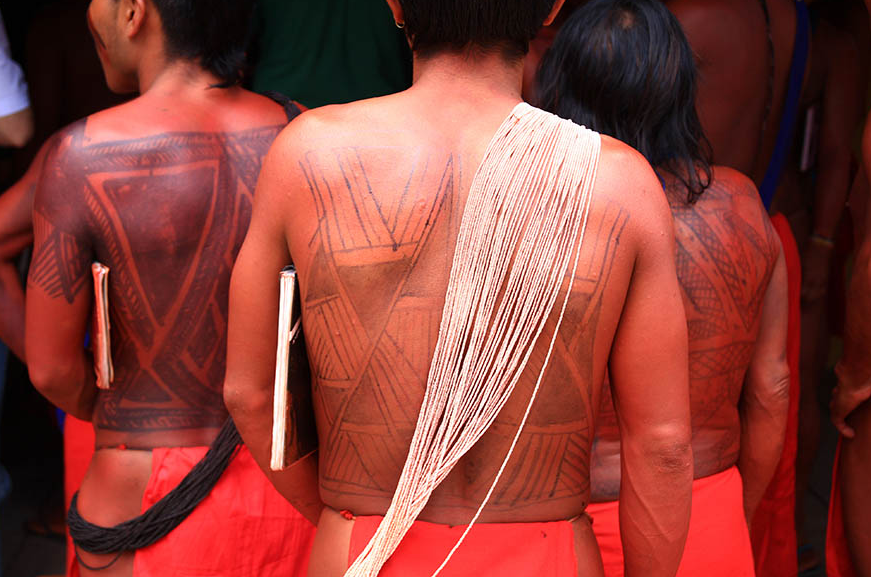
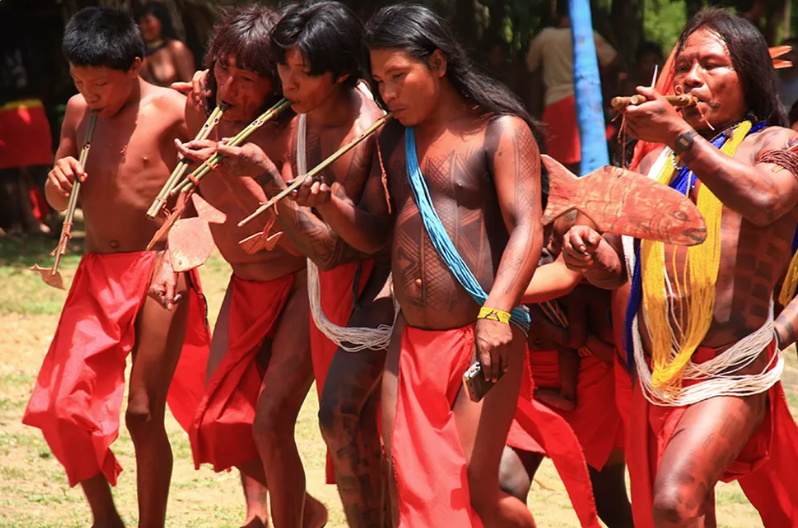
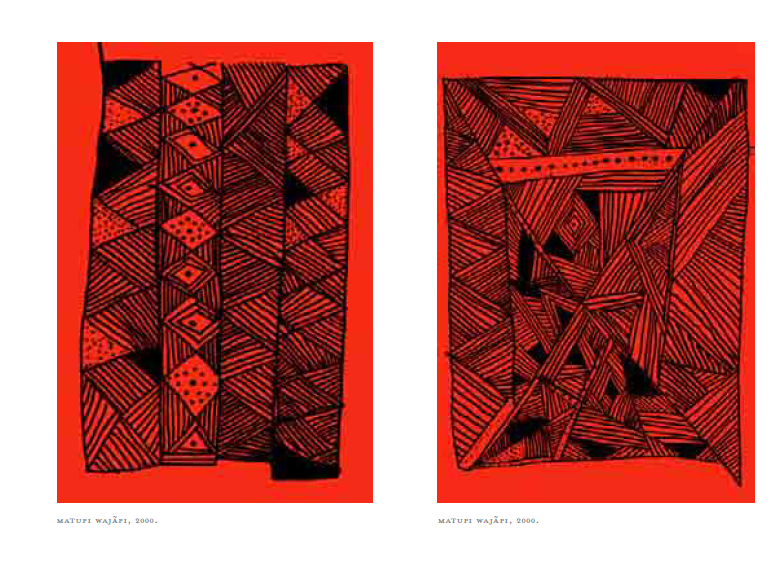
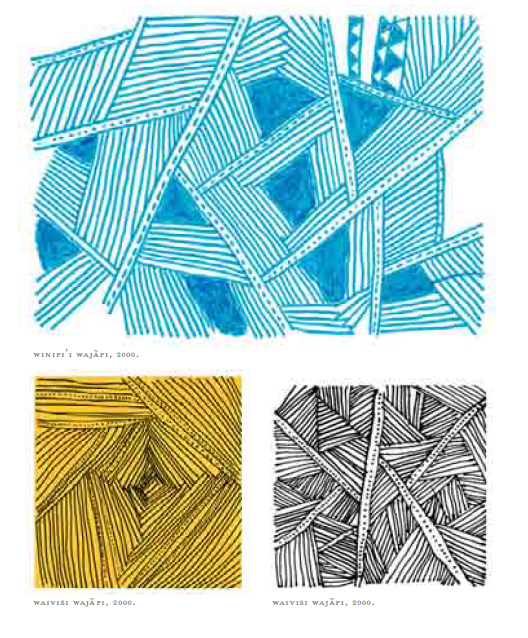

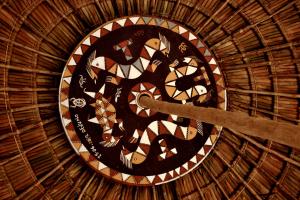
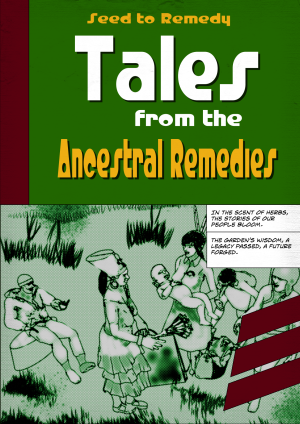
.jpeg)

.jpg)
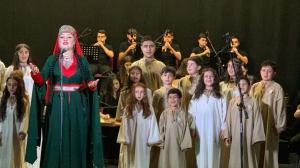
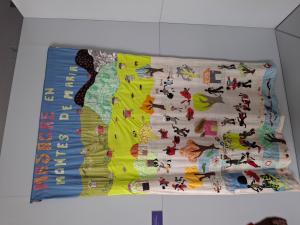

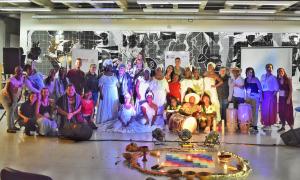
.png)
.jpg)















_(31711258567).jpg)

















